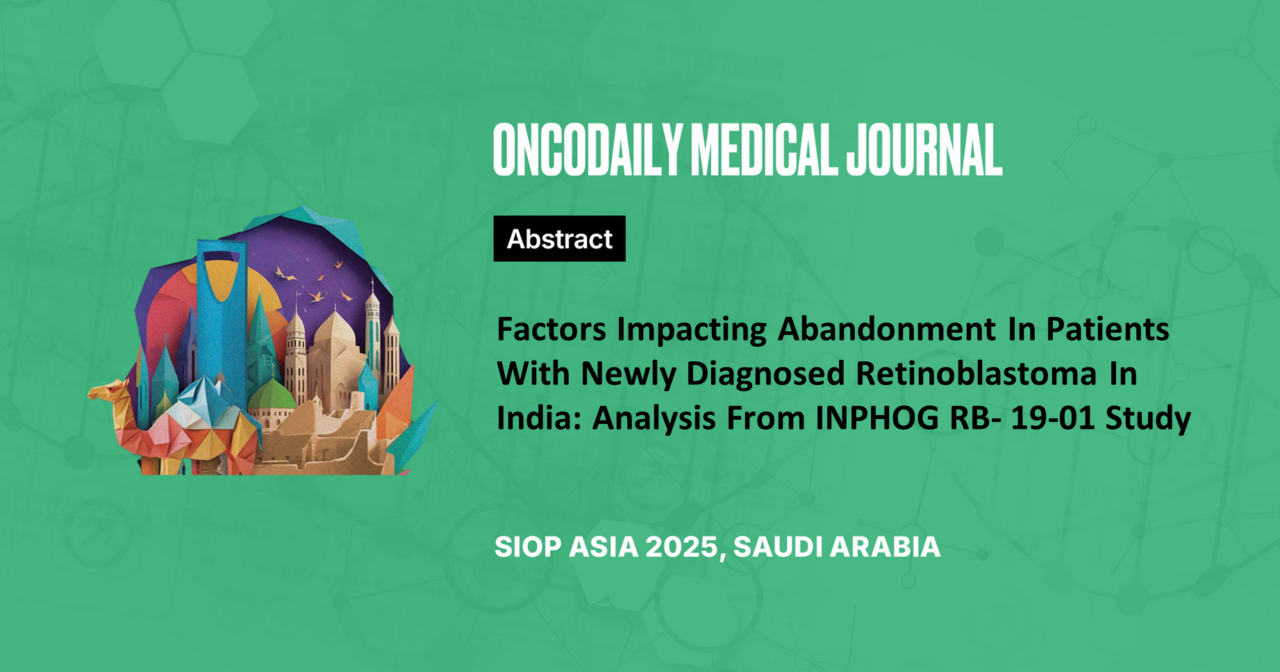Factors Impacting Abandonment In Patients With Newly Diagnosed Retinoblastoma In India: Analysis From INPHOG RB-19-01 Study
Abstract
Introduction: Treatment abandonment continues to be one of the major causes of treatment-failure for children with newly-diagnosed Retinoblastoma in India. To improve outcomes for retinoblastoma, it is essential that we understand the risk factors for abandonment in our setting and address them systematically. INPHOG RB-19-01, is the first multicentric, collaborative study from India for retinoblastoma. One of the key objectives was to quantify abandonment prospectively and evaluate factors impacting the same. Abandonment was defined as a missed/ delayed scheduled visit for treatment for over four weeks.
Methodology: All centres that treat RB were invited to participate in the study subject to approval from institutional ethics committees. Clinical and epidemiological data was collected with regards to age, gender, laterality, stage, socio-economic status, educational status of parents, distance from treatment centre, family history and whether enucleation was offered and their impact on abandonment assessed. The study was registered with CTRI India (CTRI/2020/09/027846).
Results: A total of 1120 patients were enrolled from 20 centres over 36 months (September 2020-September 2023). The median age at diagnosis was 24 months, M:F:: 1.42:1. Patients were staged as Stages 0, I, II, III, IV in 44.6%, 30.2%, 2.1%, 15%, 8% patients respectively. A total of 82 (7.3%) patients abandoned treatment. Over 50% of these abandoned treatment > 3 months from start of treatment. Abandonment was higher for female patients (p:.018) and those with bilateral (p:0.008)/ extraocular disease (p:0.009). There was inverse correlation with higher distance (<0.05), SES (<0.05) and parental educational status (p:<0.05). There was no correlation with age, family history or enucleation being offered.
Conclusion: The study reports the lowest abandonment to date for retinoblastoma in India. Nevertheless, it continues to be a significant issue. The timing highlights missed opportunities for interventions to prevent abandonment. Enhanced, multipronged efforts are needed to limit abandonment further.





